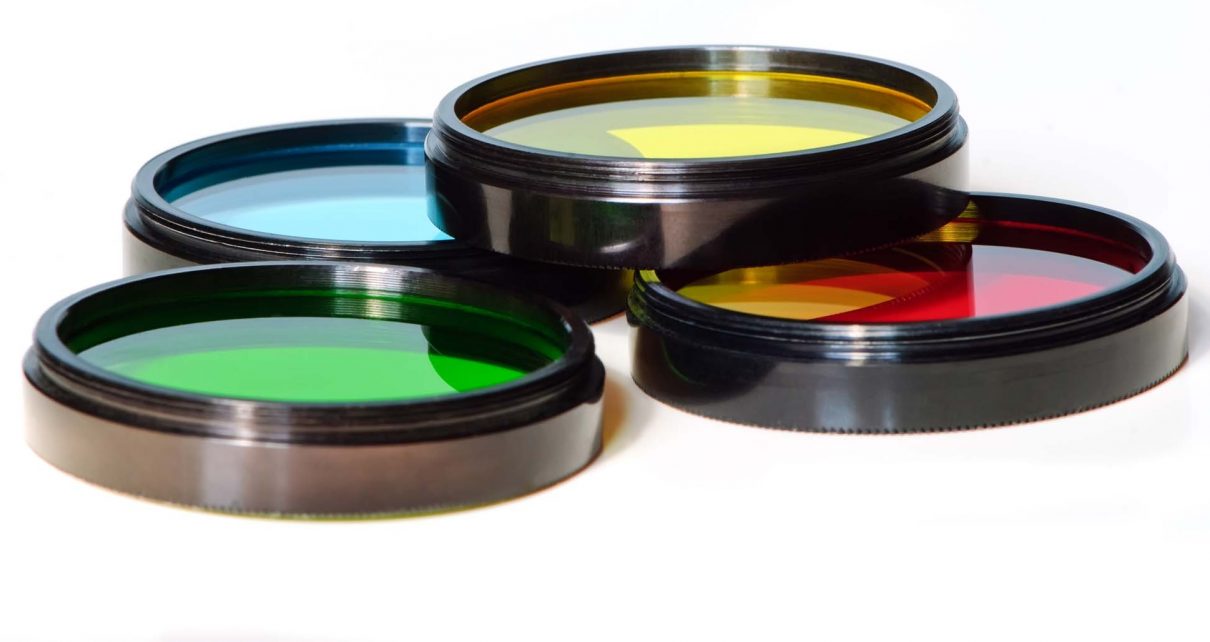This article might be a mixed bag where about half of the readers would be interested to study about certain subjects in physics for enhancing their knowledge in the field while the other half would take it as a remedy for insomnia as they would fall asleep halfway through of reading.
It doesn’t meant that they are to be blamed for committing a crime which isn’t a crime at all in the true sense for many people who have little knowledge about topics like optics will find it boring and monotonous.

Optical Coating falls into the same category for it has very interesting subjects but most of the books present it in a complicated manner with jargons and never before heard terms that boggle the already fragile mind.
Definition
No need to worry about all that as this article is going to be entirely different and everything will be short and simple so to begin with, optical coating is defined as a coating of two or more thin layers where certain materials are used as deposits on mirror and lens as they are two important optical forms.
The term optics itself means that the matter is pertaining to studying light through its various properties and behavioral pattern where newer instruments are used for breaking down the components and mechanism where light has capacity to move ahead of reflections that aren’t required and merely used as a spectacle.
Coating, as the name suggests, is basically a coat or outer layer of paint or color to cover up another object, in this case lens and mirror which is why it is called optical coating and that in itself is a tough task to put a certain label on it due to the huge diversity that the subject involves.
Let us now look at some important parts of optics so as to be clear what all it has based on subject matters because it is important to be clear in the mind regarding its veracity of certain claims.
Anti-Reflective Coating
As the name suggests, antireflective coating is defined as a form of optical coating that is applied on the surface of lens or mirror so as to reduce the reflection, a technique which is quite a common practice to improve the efficiency part of it since very less light is used because of the reflection.

This coating sadly does not always get the attention it deserves since most physicists are more interested in understanding the concept of optical coating as a whole as they feel that it would prove to be financially beneficial for them.
But rest assured that antireflective coating too has its share of admirers as opticians often recommend it to the people due to reduced reflection that enhances the lens in its cosmetic appearance and the reduction of glare, which is termed light pollution or artificial light.
Antireflective coating is used in camera lenses as well so that the color appearance is distinctive and the difference is neatly shown for taking pictures with an entirely different spectrum.



